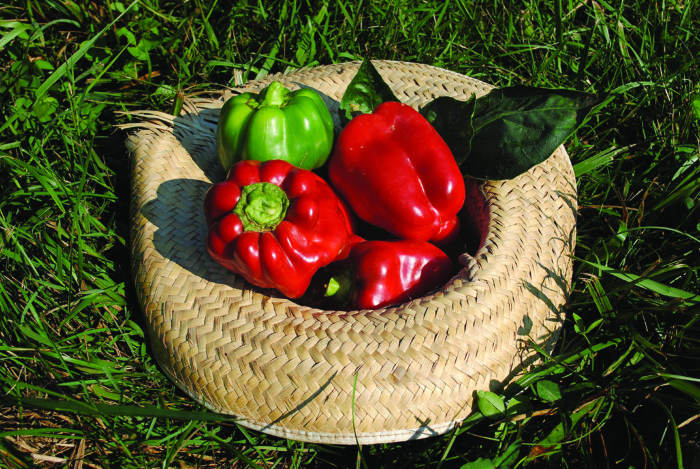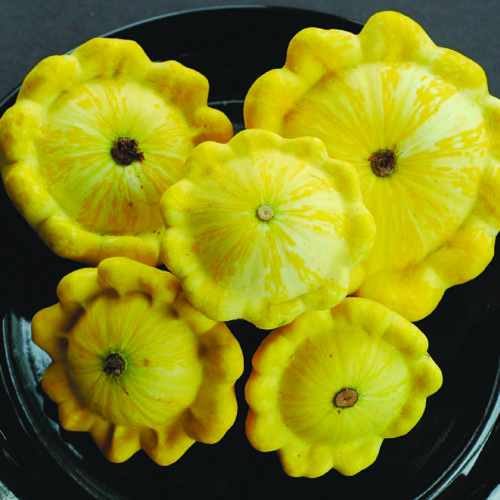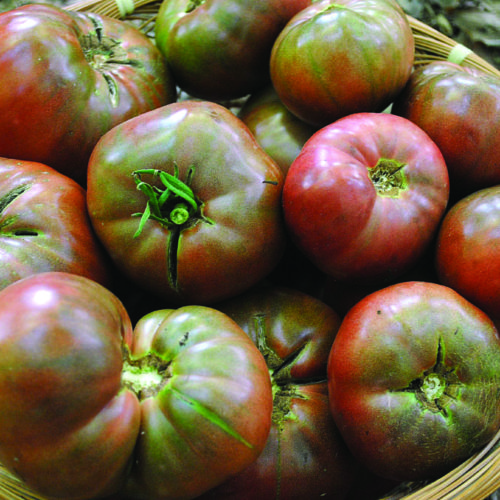Best Vegetables for the Southeast
These varieties are built to thrive in the conditions where you live

Top Pick |
‘Carolina Wonder’ sweet bell pepperDays to maturity: 75 ‘Carolina Wonder’ is one of the best nematode-resistant sweet peppers. It is a consistent producer of large, classic bell-shaped, 3- to 4-inch-long peppers, which adorn compact, 2-foot-tall plants. The fruit is sweet when green but even more delicious when allowed to ripen fully to red. Harvest smaller, green fruits early in the season to keep the plants producing. Toward the end of summer, allow the peppers to mature to a bright red. Use clippers when harvesting to avoid breaking the fruit-laden branches. The large seed cavity of ripe ‘Carolina Wonder’ peppers is less prone to developing fungus than most varieties, making it great for stuffing. |
Fine Gardening Recommended Products

Berry & Bird Rabbiting Spade, Trenching Shovel
Fine Gardening receives a commission for items purchased through links on this site, including Amazon Associates and other affiliate advertising programs.

The New Organic Grower, 3rd Edition: A Master's Manual of Tools and Techniques for the Home and Market Gardener, 30th Anniversary Edition
Fine Gardening receives a commission for items purchased through links on this site, including Amazon Associates and other affiliate advertising programs.

Corona E-Grip Trowel
Fine Gardening receives a commission for items purchased through links on this site, including Amazon Associates and other affiliate advertising programs.









Comments
Log in or create an account to post a comment.
Sign up Log in